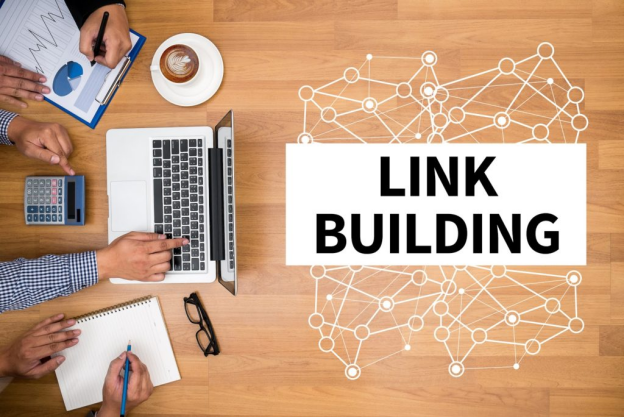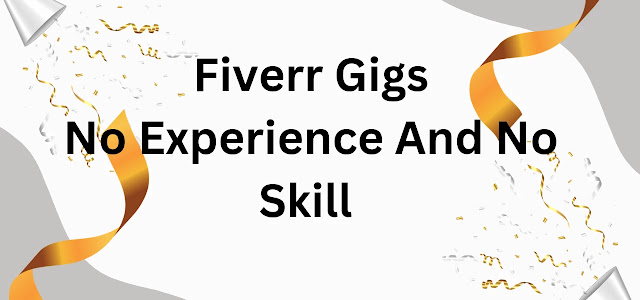9 Ways to Create a Magical Effect with Links in Your Blog
 |
| 9 Ways to Create a Magical Effect with Links in Your Blog |
9 Ways to Create a Magical Effect with Links in Your Blog
Revamping your blog's content to include creative links can make a huge difference in your reader's experience. Making sure that each link seamlessly connects to the next can add an element of magic and mystery to your blog posts.
Not only does this increase engagement, but it can also make readers feel more connected with you and the content. Furthermore, it offers them more fluid exploration channels than static content.
Incorporating links into blog posts is one of the best ways to enhance their quality and evoke excitement from readers. When utilized effectively, links can improve your blog post's flow and provide additional context and resources to your readers. This article will discuss nine tips for using links to enhance your blogs.
Break up Long Content with Relevant Links
If you have long sections of content, adding relevant links makes it easier for readers to navigate through the page quickly. By adding internal or external links that point to other relevant content within the blog post, readers will be more likely to stay on your page longer and explore related topics.
This creates an interactive experience that keeps readers engaged with your content. For example, if your blog is about area rugs, adding links to other articles about home decor or interior design can provide readers with a broader context.
Link Out To Support Your Claims
When you make statements within your blog post, supporting them with external links helps to build trust with readers and show that you are knowledgeable in the subject matter.
When appropriate, link out to reputable sources or industry publications, as this will help establish yourself as an authority in the field as well as give further insight into topics discussed in the blog post. For example, if you are talking about the benefits of natural materials for area rugs in your post, linking to a source that discusses the environmental impact of synthetic fabrics can help support your claims.
Not every link should be formatted in the same way; mixing up how you use different types of links, such as hyperlinks, text links, or image links, adds another layer of engagement and interactivity to your content while making it clear what type of action readers should take if they click on the link (such as downloading a PDF file). Using these multiple types of hyperlinks also allows you to break up long pieces of content, which increases readability and engagement levels with readers who may otherwise become overwhelmed by long walls of text. For example, if your content includes a glossary of terms, link back to the definitions in-line within the text instead of having readers scroll down and search for them.
Use Anchor Text Appropriately
Anchor texts are words linked to other web pages or documents which appear highlighted in some way (e.g., blue underlined text). It's important when creating anchor texts that they accurately reflect what is being linked so that users know exactly where they are being taken when they click on it (e.g., instead of "click here," use “read more about SEO best practices"). This helps keep them on track throughout their journey within your blog post and encourages them to take action, whether it be signing up for a newsletter or downloading a PDF file etc.
Additionally, using keywords within anchor texts can help boost search engine rankings over time when done strategically and appropriately within posts!
Internal linking is one of the most powerful tools available when it comes to SEO optimization; however, if used incorrectly, it can have adverse effects on user experience by distracting from core page content or pointing users away from key information, which is why ensuring internal links are easy for users to find is essential! Try adding buttons at strategic points throughout posts that link back directly to related pages within your site; this helps keep readers focused while still providing opportunities for them to explore more deeply into topics covered within posts! For example, if you sell Farmhouse Rugs, you could link to your Farmhouse Rug Collection page within a blog post about interior design trends. This helps the user and search engine bots understand how your content is connected, thus improving overall SEO performance!
Include Links within Comment Sections
Including relevant outbound links within the comment, sections provide another opportunity for additional engagement with readers by allowing them easy access to further information pertaining to topics discussed without having to leave their current page! This helps keep people engaged longer while still allowing them to explore related material without leaving their current reading experience! For example, if you are writing a blog post about the latest trends in fashion, include links to articles and other resources that provide additional information. This allows readers to explore even further without leaving your page!
Adding social media sharing buttons allows people easily share content across various platforms, helping increase visibility around posts organically without requiring any extra effort from authors! This increases the potential to reach beyond those already following the site while making content easier to discover new audiences interested in different topics being discussed within the post! For example, Twitter, Facebook, and LinkedIn buttons allow readers easily share their posts with their followers and friends.
UTM parameters allow tracking the performance of website traffic generated from various sources such as organic searches, social media referrals, etc. These tracking codes then provide data regarding source origin-destination page visited performance metrics associated with each visit, allowing authors to understand better which strategies are working before t for their audience! For example, authors can analyze which blog posts are gaining the most traction and what type of social media post is receiving the highest engagement from followers. Utilizing tracking codes help authors make more informed decisions when creating content and strategize for better results. In conclusion, adding social media sharing buttons and UTM parameters can improve visibility and reach blog posts!
Broken links create negative user experiences reducing the credibility author's overall website Rankings. Google Search Engine Results Pages SERPs! Therefore monitoring broken link performance and regularly updating accordingly is important to ensure optimal user experience times and maximize potential outreach campaigns! For example, by running link checker programs plugins, WordPress websites prevent 404 errors index pages properly. Additionally, connecting the Google Analytics website dashboard allows authors to track links important to determine which content strategies are working better than others.
Links are an incredibly useful tool for bloggers to enhance reader engagement and increase visibility across multiple channels, boosting SEO rankings over time! With these nine tips, hand utilizing internal and external anchors, appropriately integrating social media buttons, tracking performance data, fixing broken links regularly, etc., bloggers can maximize effectiveness creating magical effects through leveraging the power and effective linking strategies! Have fun blogging! RugKnots, an online rug store, is a fine example of effectively using links in the content. They use guest blogs to link their products to related articles and blog posts. In addition, they make sure that the links are relevant by using keywords in the anchor text. The result? Increased visibility for their store and a higher search engine ranking! Ultimately, the goal is inclusion—creating an online experience that that's easy for readers to navigate and rewarding for them too.
Read More...




